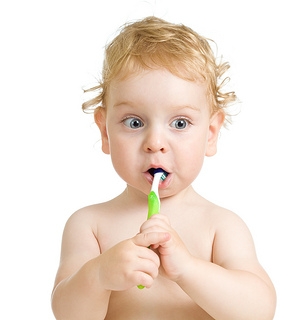The Importance of Facial Protection During National Facial Protection Month
April 8th, 2025

“My daughters had their cleaning this week and the office of Dr. Azadpur was so amazing to have suggested we do both appointments at the same time! It was a great idea and worked out so well as we were in and out in under an hour and back to school. They are always excellent at communication/ offering cancelation appointments and explaining everything during our visits. My daughters said they had a "great" time and loved their treasure chests for wiggly teeth and bags of goodies!”
Did you know that April is National Facial Protection Month?
Kids play sports. No getting around that! They are learning new skills and don't always know the best way to protect themselves. Protecting their faces from wayward balls, as well as other players, is crucial in order to avoid injuries. Teeth can get knocked out even with protection, but having a mouthguard and proper headgear can minimize these injuries.
Facial protection is not limited to children; everyone, regardless of age, can benefit from it. Depending on your needs there are a few types of facial protection available, including mouthguards, face shields, and helmets.
Mouthguards need to be custom fitted for the best protection. There are some over-the-counter generic ones, but they will not provide the best fit.
But just because you have facial protection, it doesn’t mean that you are fully protected. Nothing can provide full protection, but a custom fitted mouthguard can protect against many injuries and helps to minimize injuries.
If you’re looking for a precise fit, our team can help you get a custom mouthguard. We will set up an appointment in our office for your child to create a mold, which we will then send off to our lab where the custom guard will be created. Once it comes in, we will notify you to come back in so we can ensure it fits properly. We will also go over all pricing and insurance questions when you come into the office. Parents can always contact their insurance provider as well to determine benefits.
This April, we are also celebrating the expansion of our expander services. We now offer upper and lower expanders in our office. We also are the only provider in the area that can provide solutions to airway issues utilizing VIVOS. VIVOS guides are FDA approved and are proven to be incredibly effective in overcoming airway issues that can lead to a host of over issues such as sleep apnea, bed wetting, and more. Ask us about it when your child is in the office.
And finally, one last shoutout to our team, Cindy, Annette, and Samantha for a very happy Hygienist Week, and Happy Birthday to our wonderful dental assistant, Shy! Thank you for all you wonderful ladies do!







